定义于头文件 <algorithm>
算法库提供大量用途的函数(例如查找、排序、计数、操作),它们在元素范围上操作。注意范围定义为 [first, last) ,其中 last 指代要查询或修改的最后元素的后一个元素。
当一个范围按字典顺序小于另一个范围时,返回 true
std::lexicographical_compare| template< class InputIt1, class InputIt2 > bool lexicographical_compare( InputIt1 first1, InputIt1 last1, InputIt2 first2, InputIt2 last2 ); | (1) | (C++20 前) |
| template< class InputIt1, class InputIt2 > constexpr bool lexicographical_compare( InputIt1 first1, InputIt1 last1, InputIt2 first2, InputIt2 last2 ); | (C++20 起) | |
| template< class ExecutionPolicy, class ForwardIt1, class ForwardIt2 > bool lexicographical_compare( ExecutionPolicy&& policy, ForwardIt1 first1, ForwardIt1 last1, ForwardIt2 first2, ForwardIt2 last2 ); | (2) | (C++17 起) |
| template< class InputIt1, class InputIt2, class Compare > bool lexicographical_compare( InputIt1 first1, InputIt1 last1, | (3) | (C++20 前) |
| template< class InputIt1, class InputIt2, class Compare > constexpr bool lexicographical_compare( InputIt1 first1, InputIt1 last1, | (C++20 起) | |
| template< class ExecutionPolicy, class ForwardIt1, class ForwardIt2, class Compare > bool lexicographical_compare( ExecutionPolicy&& policy, ForwardIt1 first1, ForwardIt1 last1, | (4) | (C++17 起) |
检查第一个范围 [first1, last1) 是否按字典序小于第二个范围 [first2, last2) 。
1) 用 operator< 比较元素。
3) 用给定的二元比较函数 comp 比较函数。
2,4) 同 (1,3) ,但按照 policy 执行。这些重载仅若 std::is_execution_policy_v<std::decay_t<ExecutionPolicy>> 为 true 才参与重载决议。
字典序比较是拥有下列属性的操作:
- 逐元素比较二个范围。
- 首个不匹配元素定义范围是否按字典序小于或大于另一个。
- 若一个范围是另一个的前缀,则较短的范围小于另一个。
- 若二个范围拥有等价元素和相同长度,则范围按字典序相等。
- 空范围按字典序小于任何非空范围。
- 二个空范围按字典序相等。
参数
| first1, last1 | - | 要检验的第一个元素范围 |
| first2, last2 | - | 要检验的第二个元素范围 |
| policy | - | 所用的执行策略。细节见执行策略。 |
| comp | - | 比较函数对象(即满足比较 (Compare) 要求的对象),若首个参数小于第二个,则返回 true 。 比较函数的签名应等价于如下: bool cmp(const Type1 &a, const Type2 &b); 虽然签名不必有 const & ,函数也不能修改传递给它的对象,而且必须接受(可为 const 的)类型 |
| 类型要求 | ||
- InputIt1, InputIt2 必须满足遗留输入迭代器 (LegacyInputIterator) 的要求。 | ||
- ForwardIt1, ForwardIt2 必须满足遗留向前迭代器 (LegacyForwardIterator) 的要求。 | ||
返回值
若第一范围按字典序小于第二个则为 true 。
复杂度
至多应用 2·min(N1, N2) 次比较运算,其中 N1 = std::distance(first1, last1) 而 N2 = std::distance(first2, last2) 。
异常
拥有名为 ExecutionPolicy 的模板形参的重载按下列方式报告错误:
- 若作为算法一部分调用的函数的执行抛出异常,且
ExecutionPolicy为标准策略之一,则调用 std::terminate 。对于任何其他ExecutionPolicy,行为是实现定义的。 - 若算法无法分配内存,则抛出 std::bad_alloc 。
可能的实现
版本一
template<class InputIt1, class InputIt2>
bool lexicographical_compare(InputIt1 first1, InputIt1 last1,
InputIt2 first2, InputIt2 last2)
{
for ( ; (first1 != last1) && (first2 != last2); ++first1, (void) ++first2 ) {
if (*first1 < *first2) return true;
if (*first2 < *first1) return false;
}
return (first1 == last1) && (first2 != last2);
}版本二
template<class InputIt1, class InputIt2, class Compare>
bool lexicographical_compare(InputIt1 first1, InputIt1 last1,
InputIt2 first2, InputIt2 last2,
Compare comp)
{
for ( ; (first1 != last1) && (first2 != last2); ++first1, (void) ++first2 ) {
if (comp(*first1, *first2)) return true;
if (comp(*first2, *first1)) return false;
}
return (first1 == last1) && (first2 != last2);
}调用示例
#include <iostream>
#include <algorithm>
#include <functional>
#include <vector>
#include <iterator>
#include <time.h>
using namespace std;
struct Cell
{
int x;
int y;
Cell &operator +=(const Cell &cell)
{
x += cell.x;
y += cell.y;
return *this;
}
bool operator <(const Cell &cell) const
{
if (x == cell.x)
{
return y < cell.y;
}
else
{
return x < cell.x;
}
}
bool operator ==(const Cell &cell) const
{
return x == cell.x && y == cell.y;
}
};
std::ostream &operator<<(std::ostream &os, const Cell &cell)
{
os << "{" << cell.x << "," << cell.y << "}";
return os;
}
int main()
{
std::mt19937 g{std::random_device{}()};
srand((unsigned)time(NULL));;
std::cout << std::boolalpha;
auto func1 = []()
{
int n = std::rand() % 10 + 100;
Cell cell{n, n};
return cell;
};
// 初始化cells1
vector<Cell> cells1(3);
std::generate(cells1.begin(), cells1.end(), func1);
// 初始化cells2
vector<Cell> cells2(3);
std::copy(cells1.begin(), cells1.end(), cells2.begin());
// 1) 用 operator< 比较元素。
while (!std::lexicographical_compare(cells1.begin(), cells1.end(), cells2.begin(), cells2.end()))
{
// 打印cells1
std::cout << "cells1: ";
std::copy(cells1.begin(), cells1.end(), std::ostream_iterator<Cell>(std::cout, " "));
std::cout << ">= ";
// 打印cells2
std::cout << "cells2: ";
std::copy(cells2.begin(), cells2.end(), std::ostream_iterator<Cell>(std::cout, " "));
std::cout << std::endl;
// 打乱容器顺序
std::shuffle(cells1.begin(), cells1.end(), g);
std::shuffle(cells2.begin(), cells2.end(), g);
}
// 打印cells1
std::cout << "cells1: ";
std::copy(cells1.begin(), cells1.end(), std::ostream_iterator<Cell>(std::cout, " "));
std::cout << "< ";
// 打印cells2
std::cout << "cells2: ";
std::copy(cells2.begin(), cells2.end(), std::ostream_iterator<Cell>(std::cout, " "));
std::cout << std::endl;
std::cout << std::endl;
std::cout << std::endl;
auto comp = [](const Cell & a, const Cell & b)
{
if (a.x == b.x)
{
return a.y < b.y;
}
return a.x < b.x;
};
// 初始化cells3
vector<Cell> cells3(3);
std::generate(cells3.begin(), cells3.end(), func1);
// 初始化cells4
vector<Cell> cells4(3);
std::copy(cells3.begin(), cells3.end(), cells4.begin());
// 3) 用给定的二元比较函数 comp 比较函数。
while (!std::lexicographical_compare(cells3.begin(), cells3.end(), cells4.begin(), cells4.end(), comp))
{
// 打印cells3
std::cout << "cells3: ";
std::copy(cells3.begin(), cells3.end(), std::ostream_iterator<Cell>(std::cout, " "));
std::cout << ">= ";
// 打印cells4
std::cout << "cells4: ";
std::copy(cells4.begin(), cells4.end(), std::ostream_iterator<Cell>(std::cout, " "));
std::cout << std::endl;
// 打乱容器顺序
std::shuffle(cells3.begin(), cells3.end(), g);
std::shuffle(cells2.begin(), cells2.end(), g);
}
// 打印cells3
std::cout << "cells3: ";
std::copy(cells3.begin(), cells3.end(), std::ostream_iterator<Cell>(std::cout, " "));
std::cout << "< ";
// 打印cells4
std::cout << "cells4: ";
std::copy(cells4.begin(), cells4.end(), std::ostream_iterator<Cell>(std::cout, " "));
std::cout << std::endl;
return 0;
}
输出

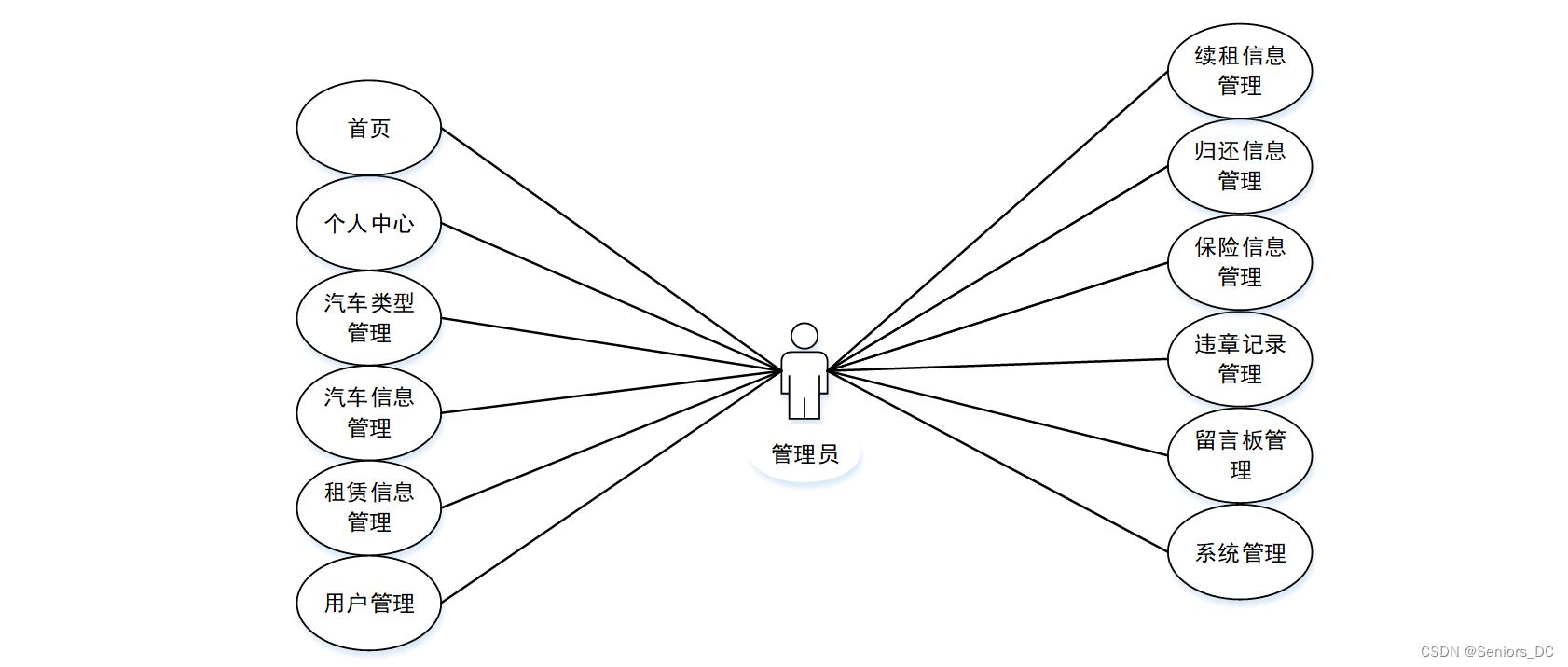
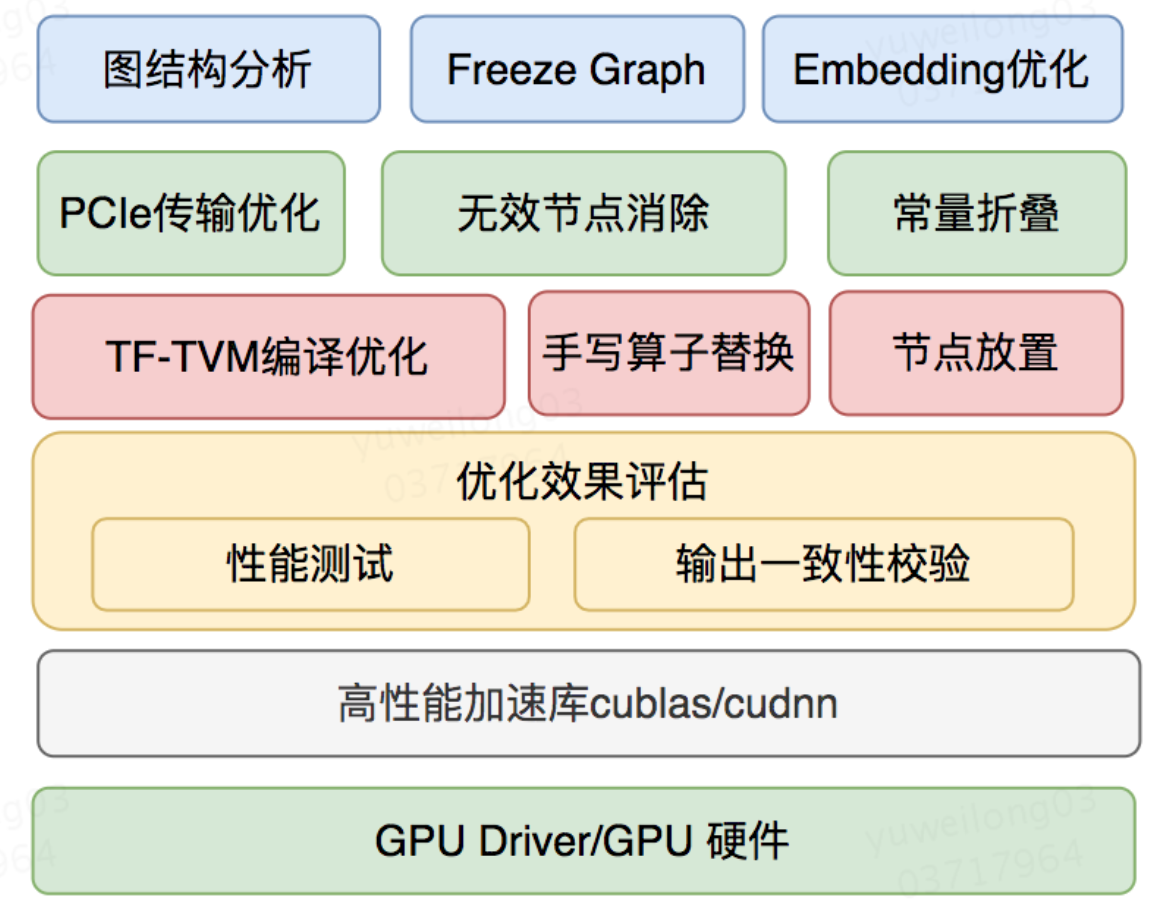
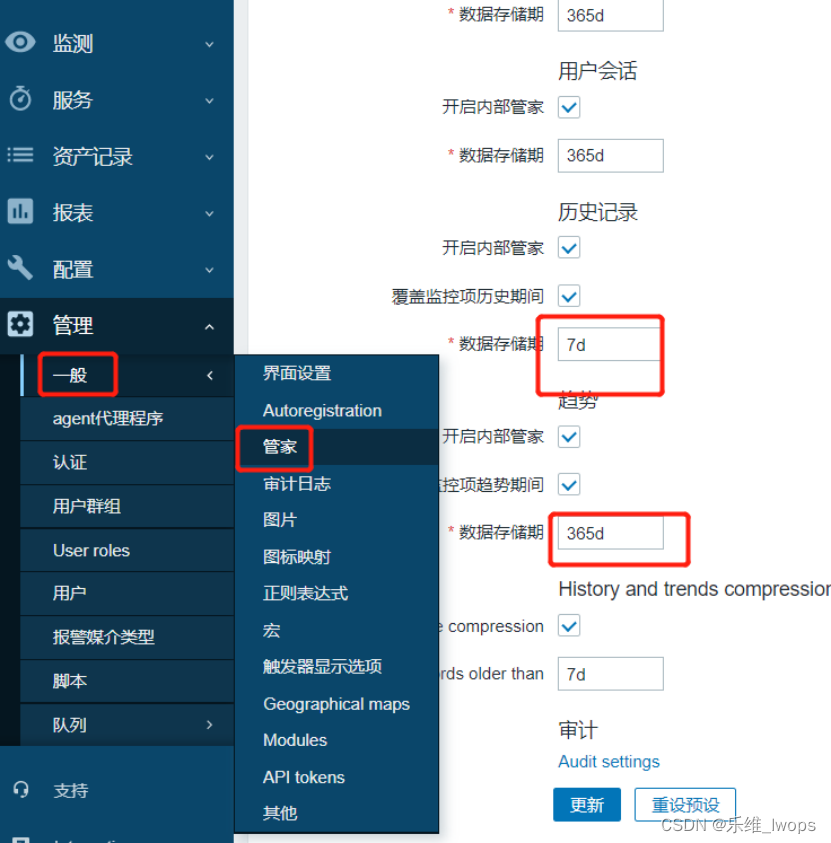

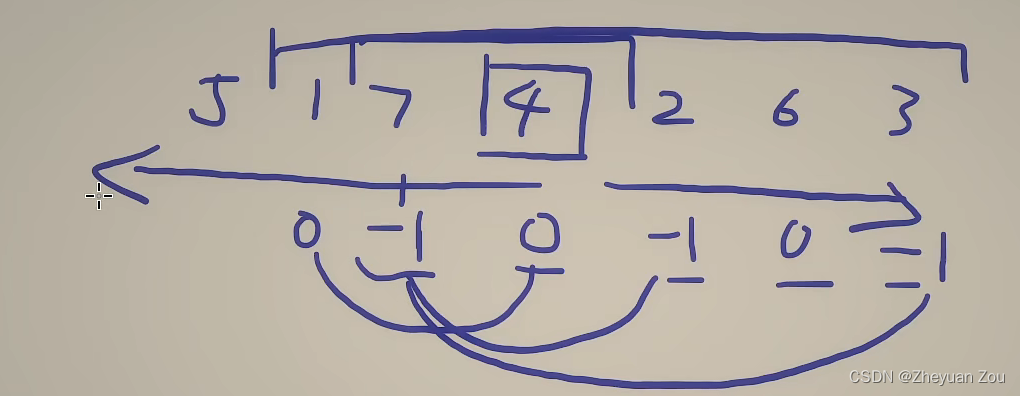
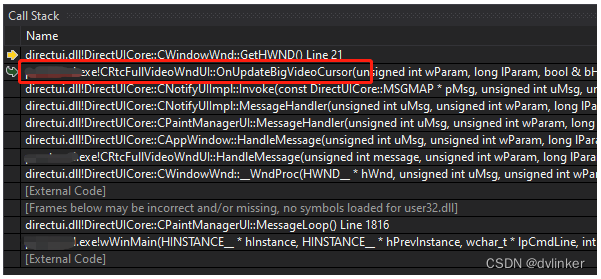


![[含文档+源码等]微信小程序校园生活小助手+后台管理系统前后分离VUE[包运行成功]](https://img-blog.csdnimg.cn/e78b0ec806044384b7890eb28f0e49a0.png)
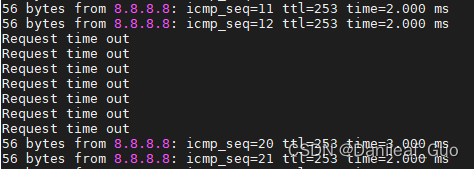
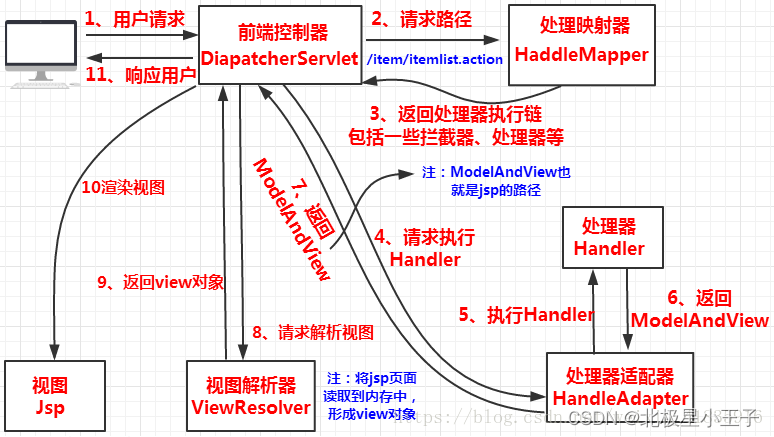

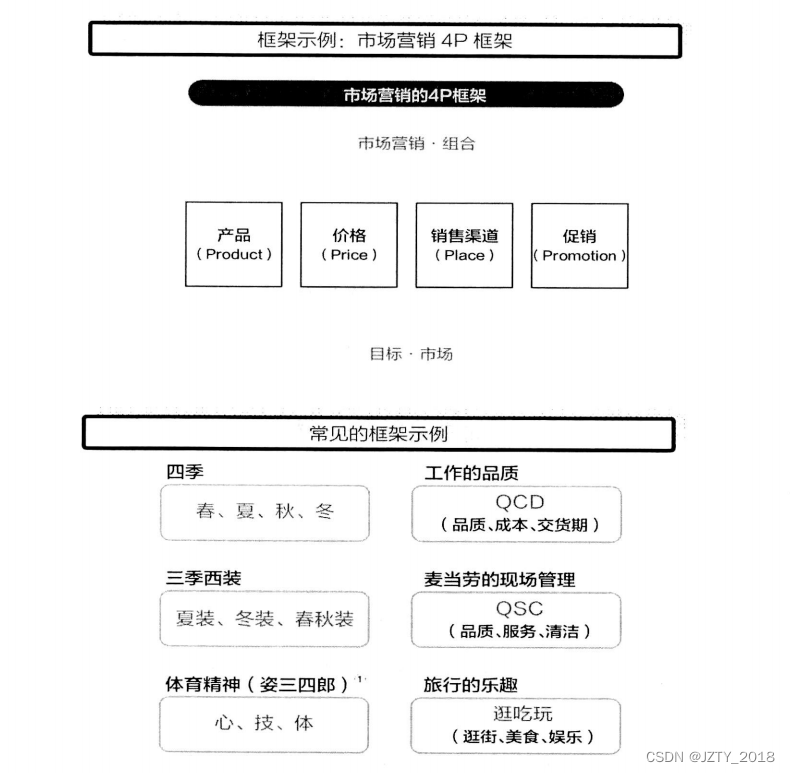





![【GO】 K8s 管理系统项目[API部分--Daemonset]](https://img-blog.csdnimg.cn/2a65f70117b046d9996b6f4917677669.png)
